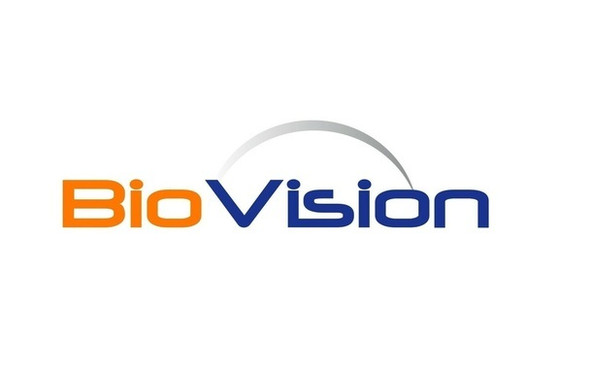Biovision
Human CellExp™ CD38, Mouse Recombinant
- SKU:
- 26-P1335
- Availability:
- Usually Shipped in 5 Working Days
- Storage Temperature:
- -20°C
- Shipping Conditions:
- Gel pack
- Shelf Life:
- 12 months
Description
Biomolecule/Target: CD38
Synonyms: CD38, T10, cADPr hydrolase 1
Alternates names: CD38, T10, cADPr hydrolase 1
Taglines: Synthesizes the second messagers cyclic ADP-ribose and nicotinate-adenine dinucleotide phosphate
Taglines: USA
Country of Animal Origin: USA
NCBI Gene ID #.: 12494
NCBI Gene Symbol: CD38
Gene Source: Mouse
Accession #: P56528
Recombinant: Yes
Source: HEK 293 cells
Purity by SDS-PAGE #: ≥90%
Assay: SDS-PAGE
Purity: N/A
Assay #2: N/A
Endotoxin Level: < 1.0 EU per/μg
Activity (Specifications/test method): N/A
Biological activity: N/A
Results: N/A
Binding Capacity: N/A
Unit Definition: N/A
Molecular Weight: 31.7 kDa
Concentration: N/A
Appearance: Lyophilized
Physical form description: Lyophilized from 0.22 μm filtered solution in 50 mM MES, 100 mM NaCl, pH 6.5.
Reconstitution Instructions: Reconstitute in sterile deionized water to a concentration of 50 μg/ml.
Background Information: CD antigen CD38 is also known as ADP-ribosyl cyclase 1, which belongs to the ADP-ribosyl cyclase family. CD38 is expressed at high levels in pancreas, liver, kidney, brain, testis, ovary, placenta, malignant lymphoma and neuroblastoma. CD38 is a multifunctional ectoenzyme that catalyzes the synthesis and hydrolysis of cyclic ADP-ribose (cADPR) from NAD+ to ADP-ribose. These reaction products are essential for the regulation of intracellular Ca2+. The loss of CD38 function is associated with impaired immune responses, metabolic disturbances, and behavioral modifications. The CD38 protein is a marker of cell activation. It has been connected to HIV infection, leukemias, myelomas, solid tumors, type II diabetes mellitus and bone metabolism. CD38 has been used as a prognostic marker in leukemia.
Amino acid sequence: N/A
Handling: Centrifuge the vial prior to opening.
Usage: For Research Use Only! Not to be used in humans






